This is because of pythons reference counting!
Whenever you use any integer, string or whatever, Python creates a new object in memory for you. While it's reference count is not zero the id will be unique for that object.
When you type:
>>> id(1000)
140497411829680
Python creates 1000, returns its id and then removes the object from memory, since it is not referenced anywhere else. This is because you could otherwise fill your whole memory with only id(1000), while it is actually the same object.
this is also why:
>>> id(1000)
140697307073456
>>> id(1001)
140697307073456
returns the same id. You can try to set a variable with your integer and see the difference:
>>> a = 1000
>>> id(a)
140697307073456
>>> b = 1001
>>> id(b)
140697306008468
Here, python keeps the object and id in memory, since it's reference count is not zero!
